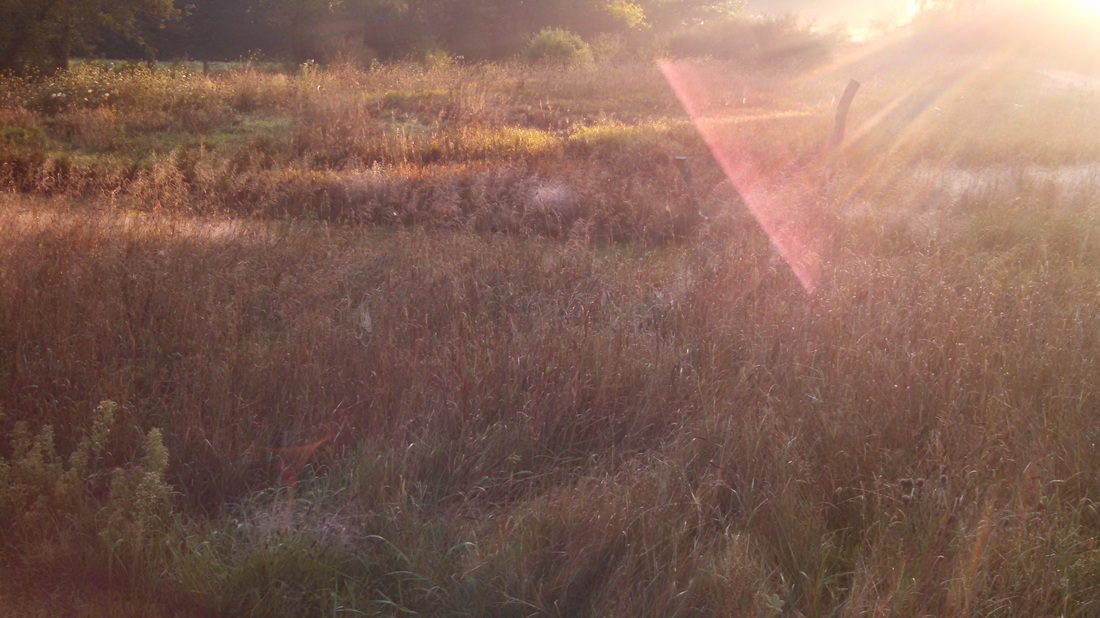 Gus Kotka and Johnny Reb Nowhere Dance
Gus Kotka and Johnny Reb Nowhere Dance Winter series part 8 of 13
Oh, dance in the dark of night,
Sing to the morning light.
“… Madison was a Virginian.”
“James was Gus.”
“A fighter?”
“With words.”
“Word warrior then.”
“Nice.”
“He wrote the Bill of Rights.”
“And the Virginia Plan,” added Johnny.
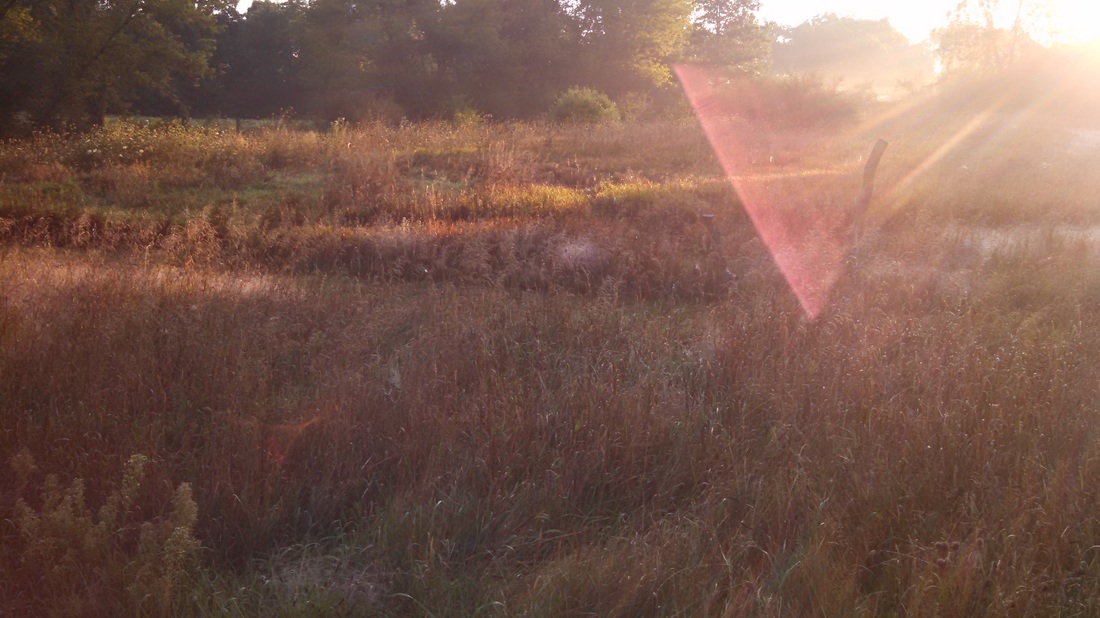 Gus Kotka and Johnny Reb Nowhere Morning
Gus Kotka and Johnny Reb Nowhere Morning
“What was that?”
“A way to start the constitutional convention Gus.”
“So it gave George and them something to talk about.”
“It did,” confirmed Reb, “and James helped get George there.”
“He and George were friends?”
“Pretty much so: Madison was the political theorist to Washington’s leadership.”
“I get it.”
“Madison helped make Indiana Gus.”
“How so?”
“Northwest Ordinance.”
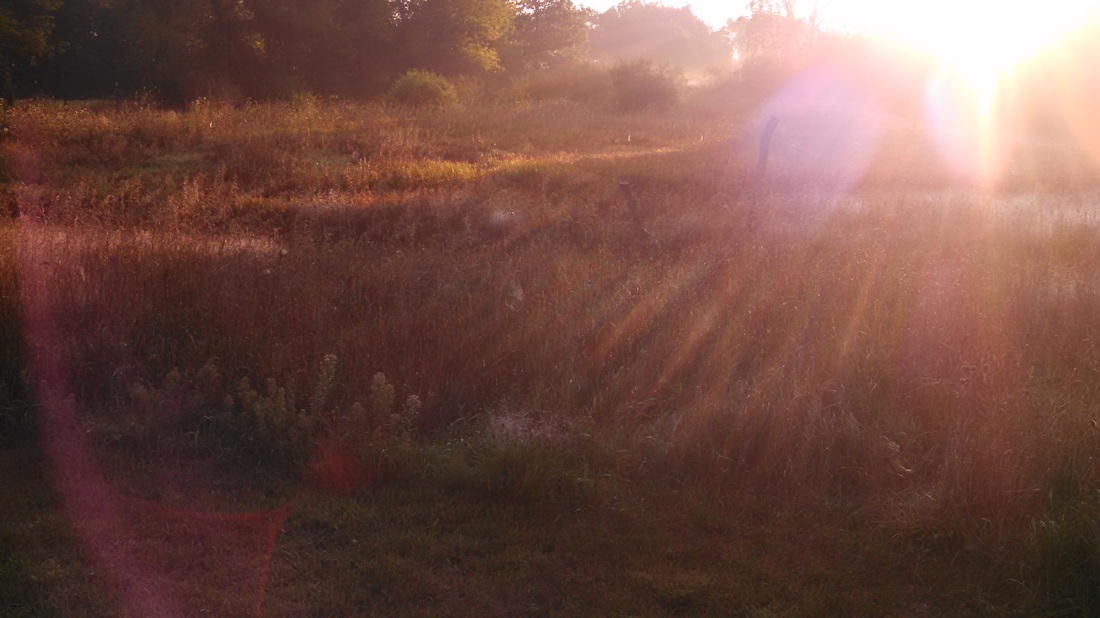 Gus Kotka and Johnny Reb Nowhere Light
Gus Kotka and Johnny Reb Nowhere Light “Guns of the Northwest?”
“A law Yank.”
“Right.”
“The one that made Indiana.”
“Land of the Indians.”
“Is that what it means?”
“That or Indian Land.”
“Madison got Virginia to give up its claim to those lands.”
“So you’re saying I was almost a Virginian Johnny?”
“Almost Gus.”
“And what’s Virginia mean?”
"The Story of Virginia ..."
*Next Up: The Union 2016 winter series continues Friday 4 March with part 9, The Story of Virginia.
Posted by Bryan W. Brickner
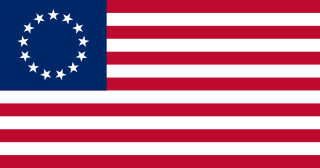


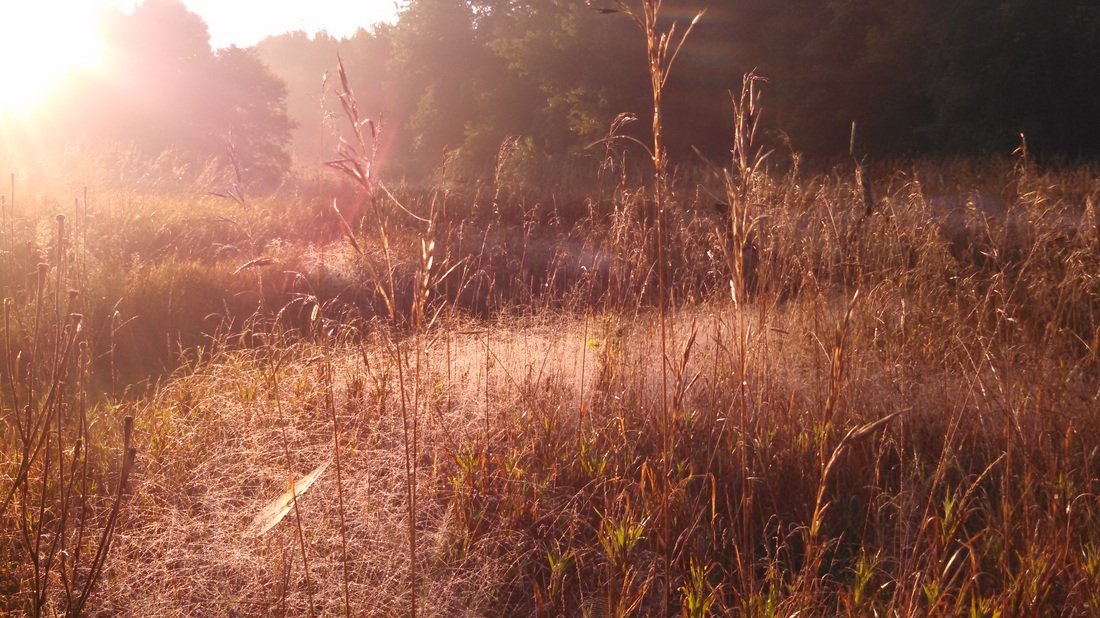
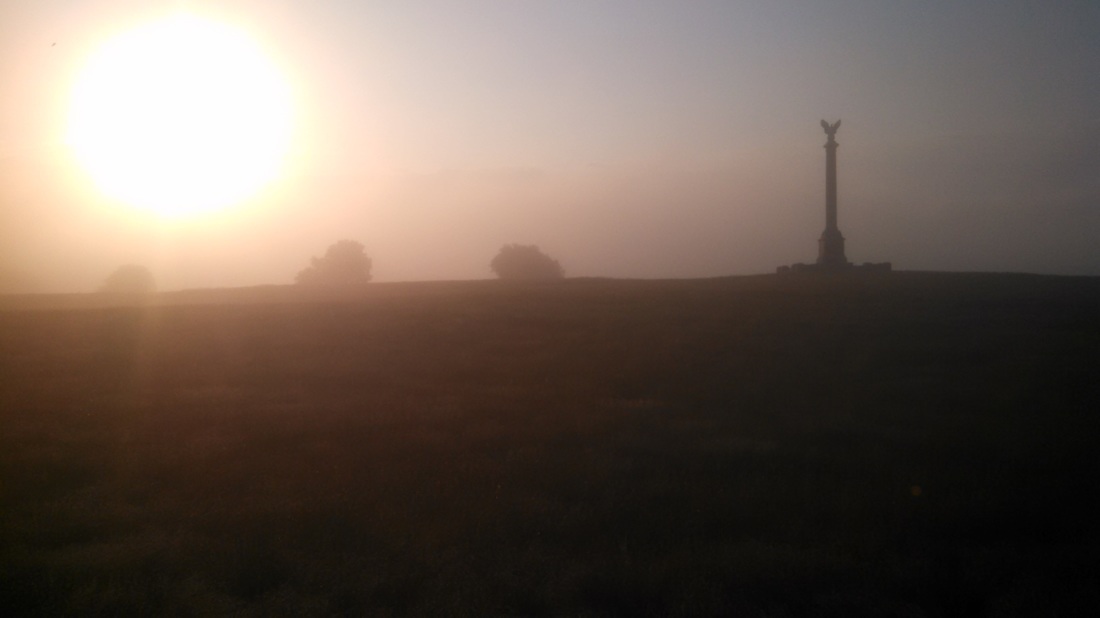

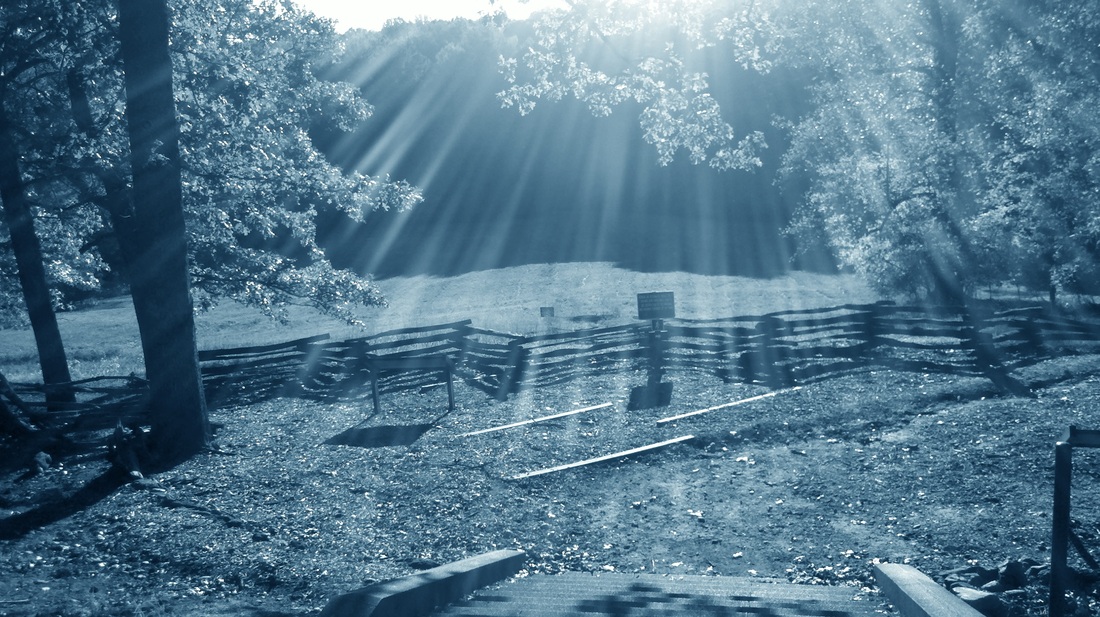
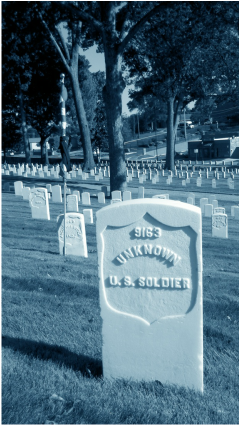
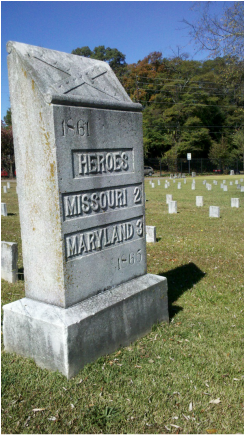

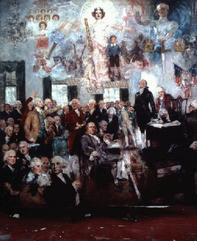
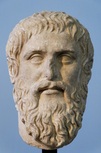
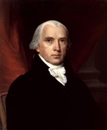
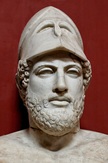
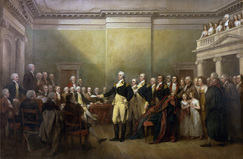
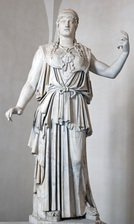
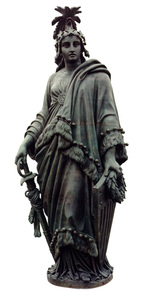
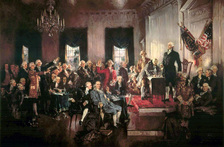
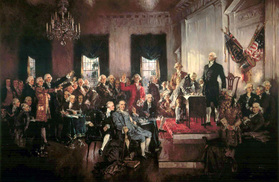
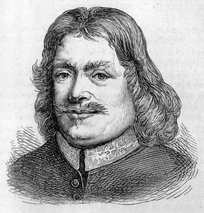
 RSS Feed
RSS Feed
